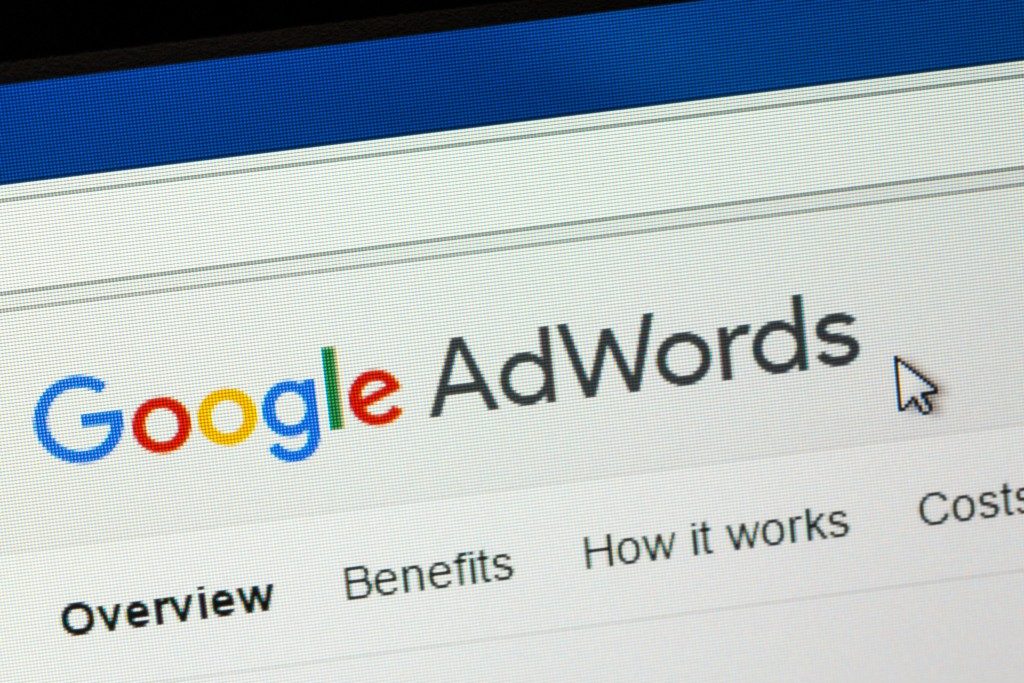You can’t start a business without a consumer in mind. After all, you start a business to solve a problem, so if you can’t find people with the problem you aim to solve, you’re practically pitching your business in an empty stadium. But how do you find a target audience in the sea of diverse consumers?
If you’re struggling in that department, you are not alone. Many businesses fail to find their target audience. As a result, their marketing strategies are all over the place. Their brand message fails to generate conversions. If you’re facing the same problem, your business can be at risk of not reaching its goals in time.
According to Google Trends, searches regarding conversion rate optimization increase every year as businesses struggle to reach the conversion they’re chasing. If only they knew that targeting a particular audience would solve their problem, they would’ve enjoyed high conversion rates a long time ago.
It’s not that businesses don’t target an audience at all. Instead, they just make mistakes in defining them, such as the following:
1. Not Getting to Know Customers
Targeting an audience requires getting to know your customers. And it doesn’t refer to knowing your customers’ backgrounds, like their gender, age, and location. Instead, you should know their most recent problems and what motivates them to buy your products.
Getting to know such details isn’t as invasive as it sounds. You can determine them by gathering the following information:
- Demographics (age, gender, profession, income, education, location, etc.)
- Psychographics (buying behavior, interests, values, attitudes, and personality traits)
Feedback forms, reviews, and surveys will also help you gather this information from your customers. Then, you can tailor your digital marketing strategies according to what you discover.
2. Not Engaging With the Audience

Engaging with your audience is another trick to getting to know your customers. You can do that through posting on social media, e-mail marketing, or sending questionnaires. Simply put, engaging with your audience means communicating with them.
But to make your engagement measures effective, determine how your audience likes to be engaged. For instance, if they use TikTok, chances are they prefer partaking in viral challenges to answering questionnaires.
Not engaging with your customers robs you of the opportunity to discover what they want. Instead, you’ll only base your data on assumptions, which will likely generate results opposite your target.
3. Not Checking Competitors’ Strategies
Spying on your competitors is one of the best ways to develop a technique for targeting an audience. By knowing the people they’re engaging with, you can understand the kinds of people your content should tap into. You will optimize your content to fit your audience’s interests, resulting in higher conversion rates.
4. Not Analyzing Data
Analyzing data can be tricky if you’re not well-versed in search engine optimization (SEO) and its technical terms. But data analysis is critical in determining if your digital marketing strategies are working. For example, if you post blogs on your websites, you need to know whether your audience finds them interesting or not. If you don’t check the engagements of your blogs, you could be wasting resources all along.
Integrating Google Analytics into your website will help you analyze data without having to master any IT-related field. But of course, employing an IT team will significantly help, as they can interpret numbers and other SEO factors.
Market Segmentation: A Solid Solution to Targeting Challenges
Targeting an audience is especially challenging if your business targets multiple audiences simultaneously. Your strategy isn’t wrong; targeting more than one audience is called multi-segment marketing. You can call it digital marketing segmentation if you’re exclusively referring to your online marketing strategies.
Multi-segment marketing identifies and serves the unique needs of different segments. Suppose you run two different brands: a skincare brand and a pet-care brand. The two brands will have different audiences because not all skincare customers seek pet-care products and vice-versa.
So, by segmenting your digital marketing strategies, you can produce content appropriate for each audience. For example, your skincare brand can sponsor makeup tutorial videos by a specific influencer, while your pet-care brand can host a virtual talk by a licensed veterinarian.
Avoid assuming that only one type of audience will benefit from your content. You will attract different audiences if you manage more than one brand. Hence, correct your targeting errors and categorize your audiences into groups, like Instagram, TikTok, and Facebook audiences. That way, you can create content suitable for each category instead of creating only one type of content and expecting different audiences to like them.
However, beta-test your content before finalizing them. That’s another way to verify your research and get a credible grasp on what your audience truly likes.


